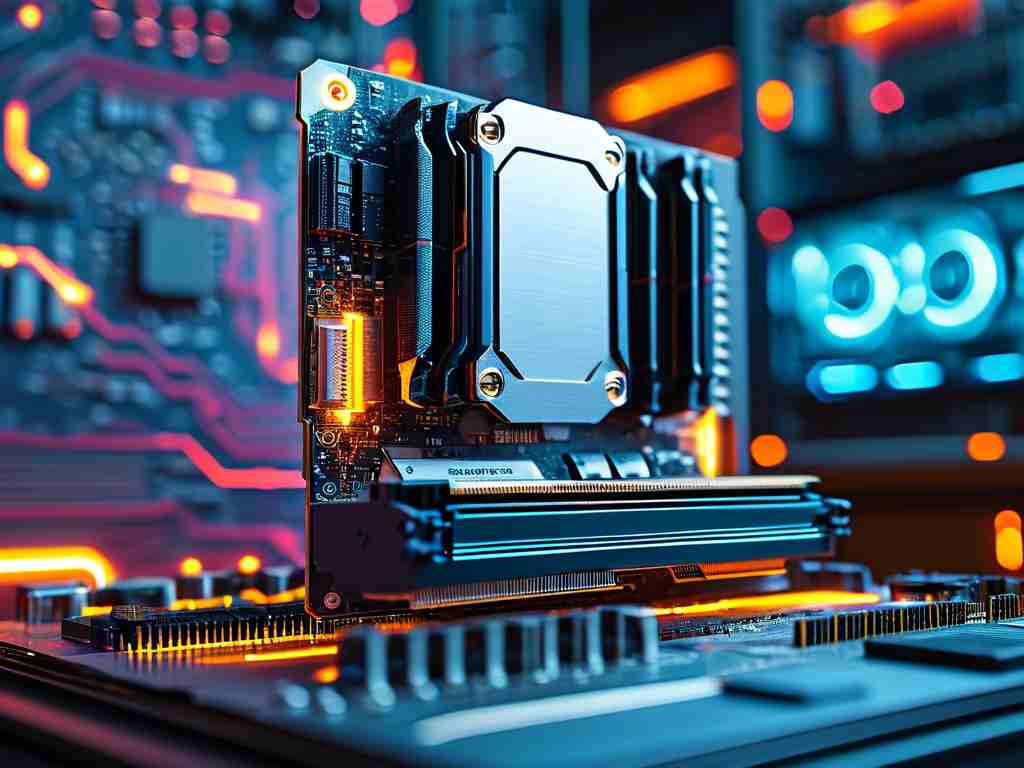Understanding how to compute particle memory timing stands as a crucial task in fields like physics simulations, computer graphics, and computational fluid dynamics. Particles represent discrete entities in systems ranging from molecular models to cosmic dust clouds, and their behavior evolves over time through sequential updates. Memory timing refers to the efficient scheduling and execution of operations that store and retrieve particle data—such as position, velocity, and state—during each computational step. Accurate timing ensures simulations run smoothly without bottlenecks, while poor methods lead to excessive memory usage, slow performance, or even errors. This article explores practical approaches for calculating particle memory timing, emphasizing techniques that balance precision and efficiency. By mastering these methods, developers and researchers can optimize resource-intensive applications, from gaming engines to scientific research, saving time and computational costs.

At its core, particle memory timing involves managing the temporal sequence of data access and modification. Imagine a simulation with thousands of particles; each must have its attributes updated based on forces like gravity or collisions at specific intervals. The timing aspect dictates when and how these updates occur in memory, avoiding conflicts where multiple processes might overwrite data simultaneously. For instance, in a molecular dynamics simulation, particles interact via short-range forces, requiring frequent position recalculations. If memory accesses are poorly timed, the system could suffer from race conditions or cache misses, degrading accuracy. Key factors influencing timing include the simulation's time step size, data structure organization (e.g., arrays vs. linked lists), and hardware constraints like CPU caches or GPU memory bandwidth. By calculating optimal timing, one minimizes latency and maximizes throughput, enabling real-time or large-scale simulations that were previously infeasible.
Several methods exist for calculating particle memory timing, each suited to different scenarios. One common approach is explicit time integration, where particle states are updated in discrete steps using algorithms like the Euler or Verlet methods. Here, timing is calculated by predicting when data must be read from and written to memory based on the step duration. For example, a simple Euler method advances particle positions linearly, and the timing calculation ensures that all memory operations for velocity updates occur before position shifts to prevent stale data. Another technique involves spatial partitioning, such as using grid-based or tree structures (e.g., octrees), which group particles spatially to reduce memory access times. This method calculates timing by estimating the frequency of data fetches within partitions, leveraging locality to cut down on costly global memory searches. Parallel computing enhancements, like OpenMP or CUDA, further refine timing by distributing workloads across cores and synchronizing memory operations to avoid contention.
To illustrate, consider a basic Python code snippet for a particle system using the Euler method. This example calculates timing by iterating through particles and updating their states while managing memory accesses efficiently. Note how the loop structure minimizes redundant reads by storing intermediate values:
import numpy as np
class Particle:
def __init__(self, position, velocity):
self.position = position
self.velocity = velocity
def update_particles(particles, dt, force):
for p in particles:
# Read velocity and apply force to update
acceleration = force / 1.0 # Simplified force calculation
new_velocity = p.velocity + acceleration * dt
# Write new position based on updated velocity
p.position += new_velocity * dt
# Update velocity in memory for next step
p.velocity = new_velocity
# Initialize particles
particles = [Particle(np.array([0.0, 0.0]), np.array([1.0, 0.0])) for _ in range(1000)]
time_step = 0.01
external_force = np.array([0.0, -9.8])
# Simulate over multiple steps
for step in range(100):
update_particles(particles, time_step, external_force)
In this code, timing is calculated implicitly by the loop order: velocities are read, updated, and written before positions, ensuring sequential consistency. This avoids memory hazards and optimizes cache usage, demonstrating a straightforward timing method. For larger systems, more advanced techniques like event-driven timing or predictive caching could be integrated, where calculations anticipate future accesses to preload data.
Challenges in particle memory timing often stem from scalability and hardware limitations. As particle counts grow into millions, memory bandwidth becomes a bottleneck, causing delays in data retrieval. Methods to address this include compression of particle attributes or asynchronous I/O, where timing calculations prioritize critical operations over background tasks. Additionally, real-time applications demand low-latency timing; adaptive step sizing can dynamically adjust intervals based on system load, preventing memory overflow. Optimizations like just-in-time compilation or hardware-specific tuning (e.g., for GPUs) further enhance timing accuracy by aligning computations with memory hierarchies. However, errors can arise from inaccurate timing estimates, such as jitter in simulations due to inconsistent step execution, emphasizing the need for robust validation through profiling tools like Valgrind or custom benchmarks.
In , computing particle memory timing methods is vital for efficient, high-fidelity simulations across industries. By employing techniques like explicit integration or spatial partitioning, practitioners can achieve significant performance gains. Future advancements may leverage machine learning for predictive timing models, but the fundamentals discussed here provide a solid foundation. Embracing these approaches not only refines computational workflows but also drives innovation in areas like virtual reality or climate modeling, where precise particle dynamics are paramount.









